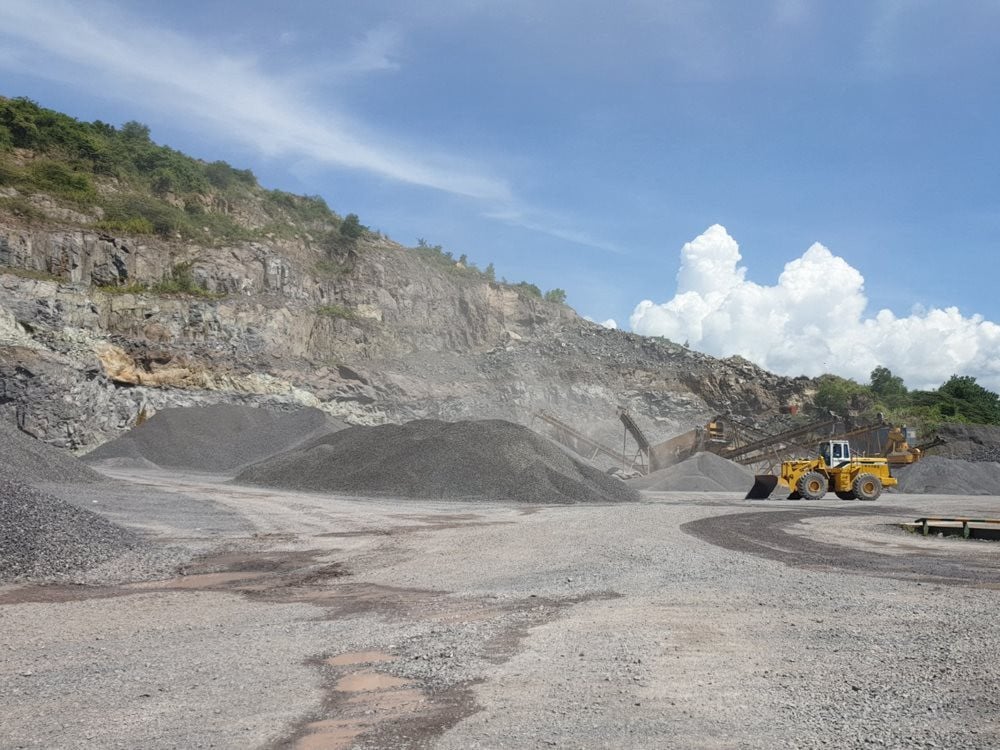
Consider reducing and simplifying administrative procedures for exploiting construction material mines
Regarding minerals used as common construction materials (CCM) under the authority of the People's Committees of provinces and centrally run cities, according to the Department of Natural Resources and Environment of Khanh Hoa, minerals used as CCM are mainly soil, stone, sand and gravel, of which two material sources are landfill soil and river sand and gravel, which are identified as indispensable material sources and are always closely linked to the needs of socio -economic development and people's lives.
However, the procedures and methods for management and licensing are still long, with many stages and steps, leading to difficulties in management and licensing to ensure immediate supply, causing illegal exploitation.
Mr. Cao Thanh Vu - Deputy Director of the Department of Natural Resources and Environment of Khanh Hoa province said that the characteristics of river and stream sections in the Central provinces are mainly small, narrow and short rivers and streams, so the licensing of sand and gravel exploitation is only determined by a short period of time; meeting the need for dredging the flow; the validity of the licenses is only within 6 months or more than 1 year.
Therefore, he recommended considering building a simple, concise licensing process and reducing administrative procedures; strengthening monitoring measures; and keeping statistics on licensed and exploited reserves to meet the time and progress of public investment projects during implementation.
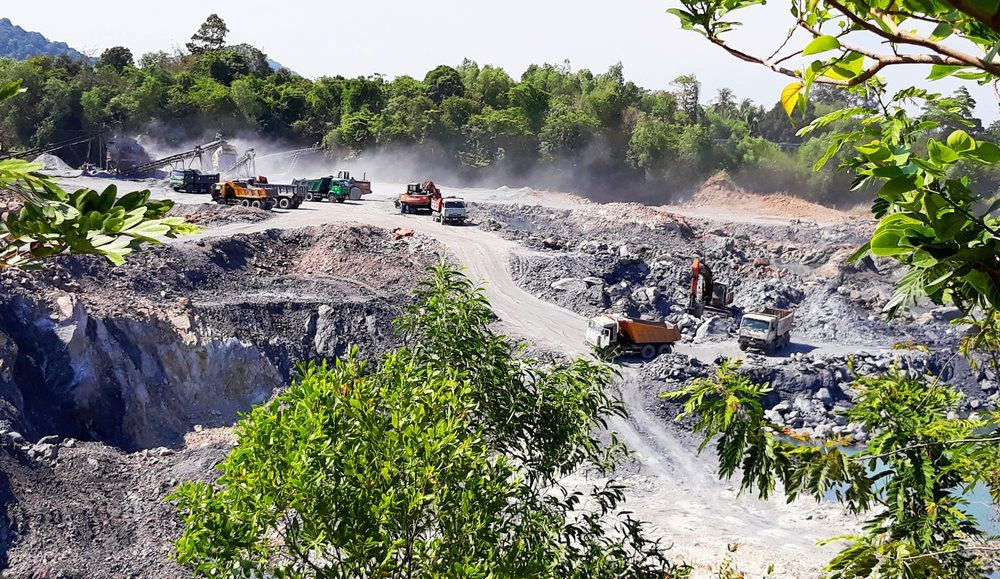
Regarding specific regulations on permitting the use of accompanying minerals, the representative of the Khanh Hoa Department of Natural Resources and Environment said that it is necessary to decentralize or assign localities to grant accompanying mineral licenses for minerals that are construction materials; simplify administrative procedures (no need to adjust licenses, no need to adjust investment certificates).
Regarding decentralization of state management, the Draft Law on Geology and Minerals needs to decentralize more strongly in state management at the local level, especially the People's Committees at the district, town and city levels. From there, create mechanisms and regulations for localities to have the authority to consider granting licenses and manage cases of using mineral resources (soil, sand) by individual households; ensure legality when handling cases such as land improvement, land use with surplus materials.
Regarding decentralization in resource protection, Khanh Hoa Department of Natural Resources and Environment proposed to clearly stipulate how to protect resources in areas and locations approved in the Mineral Exploration, Exploitation and Use Planning; what management methods; sanctions; and land use orientation in areas zoned in the planning to ensure both the interests of organizations and individuals owning and using land and ensuring the protection of mineral resources in that area.
Clearly regulate the use of minerals from land reclamation activities
Regarding the procedures related to granting Investment Certificates or Investment Policy Decisions, granting mineral exploitation licenses, Mr. Cao Thanh Vu proposed to abolish Investment Certificates for simple mineral exploitation projects (such as soil mines, sand mines, stone mines for construction materials) without building processing plants.
In the case of granting Investment Certificates, it is necessary to specify when they are granted, to avoid the situation where when an organization or individual completes a mineral procedure, the investment progress must be adjusted (due to delays due to many objective reasons in administrative procedures).
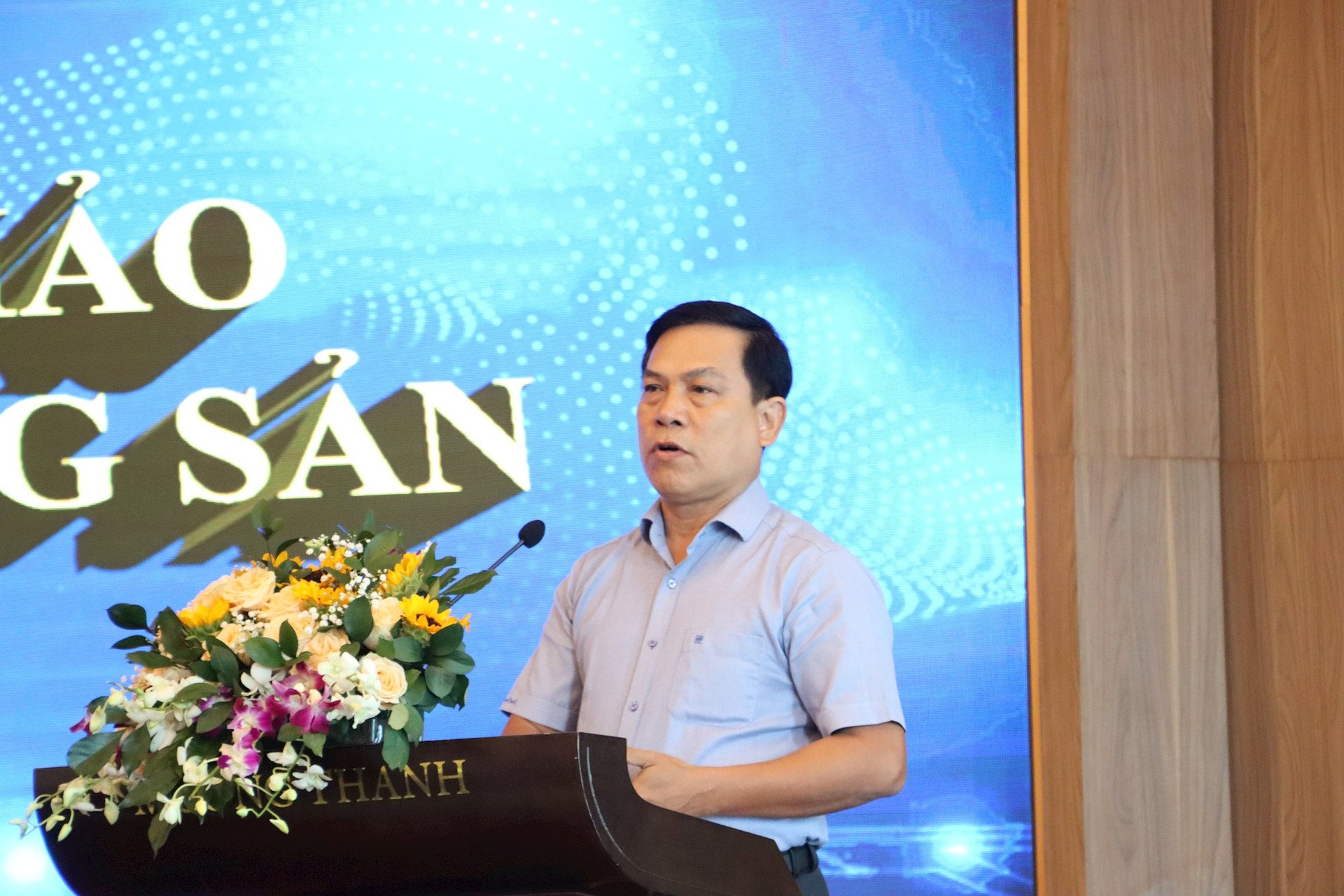
According to Mr. Cao Thanh Vu, regarding the management of mineral exploitation licenses in construction investment projects and agricultural and forestry land reclamation activities, in reality, for construction investment projects that generate minerals, mainly excess soil and rock during the construction of the project site, it is carried out according to construction licensing documents, detailed planning maps 1/500, project leveling maps with excavation and filling volumes or construction design drawings that generate excess soil and rock materials... that need to be transported out of the project.
In these cases, it is necessary to simplify licensing procedures, and the licensing basis used is the source of documents of the approved construction investment project.
Regarding land improvement activities, the demand for land improvement of individual households is currently very high for farming purposes. Therefore, it is necessary to clearly regulate the use of minerals from land improvement activities, as a basis for management and budget collection in the use of resources.
Speaking at the opening of the workshop, Deputy Minister of Natural Resources and Environment Tran Quy Kien said that the Draft Law on Geology and Minerals has provisions to ensure the harmony of interests between the central and local governments regarding the fees for granting mineral exploitation rights, the interests of the people and communities where mineral resources are exploited.
Supporting localities and people where minerals are exploited, harmonizing the interests between "State - People - Enterprises" is a consistent viewpoint and policy from the 1996 Mineral Law (amended and supplemented in 2005) and the 2010 Mineral Law. However, the feasibility of institutionalizing these policies and regulations is still limited. Therefore, Resolution No. 10-NQ/TW has directed the review and clear regulations on the responsibilities of organizations and individuals participating in mineral exploitation activities; the reinvestment of revenue from mineral exploitation to invest in the development of education, health care, infrastructure, ensuring social security... for localities and people where minerals are exploited.
Source



![[Photo] President Luong Cuong presents the 40-year Party membership badge to Chief of the Office of the President Le Khanh Hai](https://vphoto.vietnam.vn/thumb/1200x675/vietnam/resource/IMAGE/2025/5/19/a22bc55dd7bf4a2ab7e3958d32282c15)
![[Photo] Close-up of Tang Long Bridge, Thu Duc City after repairing rutting](https://vphoto.vietnam.vn/thumb/1200x675/vietnam/resource/IMAGE/2025/5/19/086736d9d11f43198f5bd8d78df9bd41)
![[Photo] Panorama of the Opening Ceremony of the 43rd Nhan Dan Newspaper National Table Tennis Championship](https://vphoto.vietnam.vn/thumb/1200x675/vietnam/resource/IMAGE/2025/5/19/5e22950340b941309280448198bcf1d9)
![[Photo] General Secretary To Lam attends the conference to review 10 years of implementing Directive No. 05 of the Politburo and evaluate the results of implementing Regulation No. 09 of the Central Public Security Party Committee.](https://vphoto.vietnam.vn/thumb/1200x675/vietnam/resource/IMAGE/2025/5/19/2f44458c655a4403acd7929dbbfa5039)

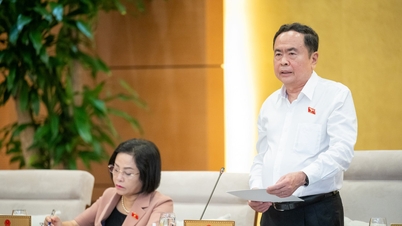
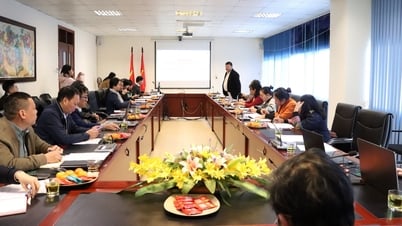


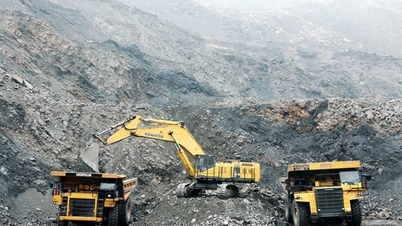
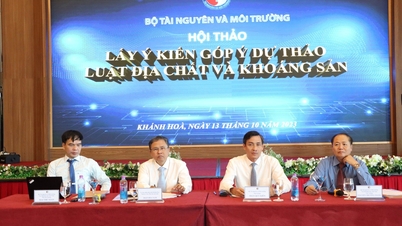
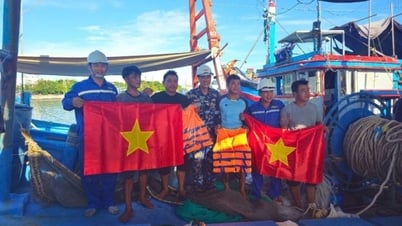

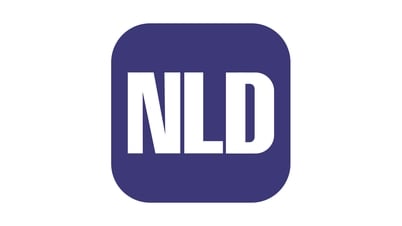

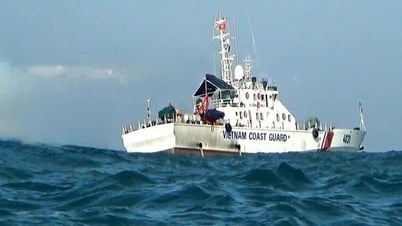
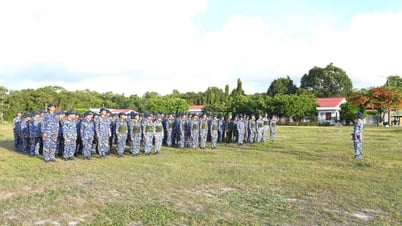
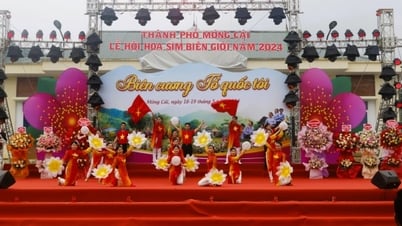





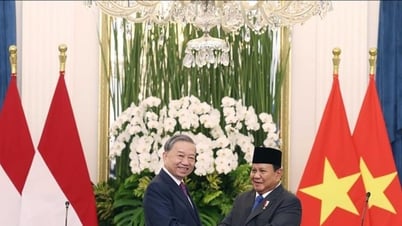
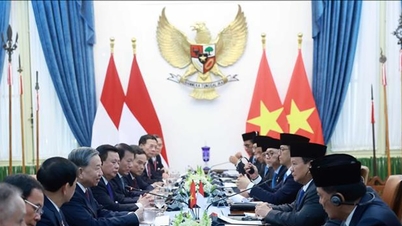
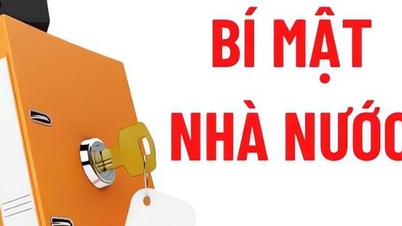
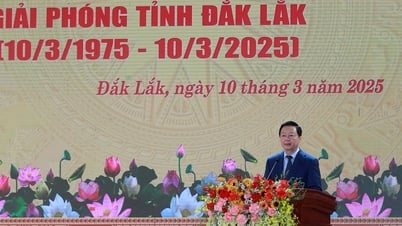
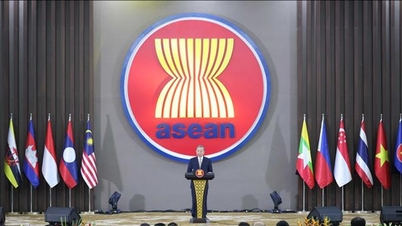

![[Photo] Prime Minister Pham Minh Chinh inspects the progress of the National Exhibition and Fair Center project](https://vphoto.vietnam.vn/thumb/1200x675/vietnam/resource/IMAGE/2025/5/19/35189ac8807140d897ad2b7d2583fbae)









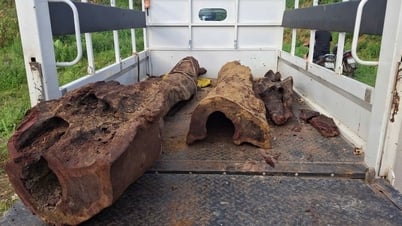






































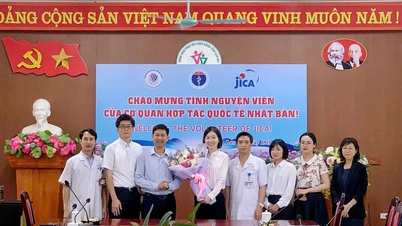

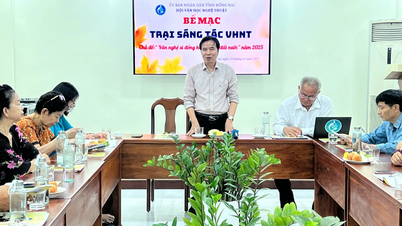


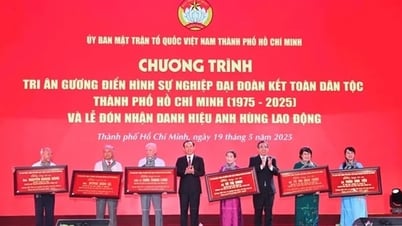
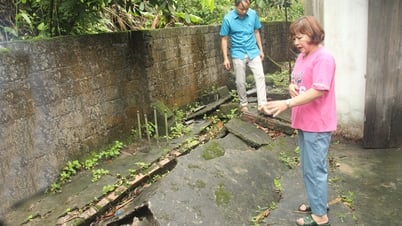

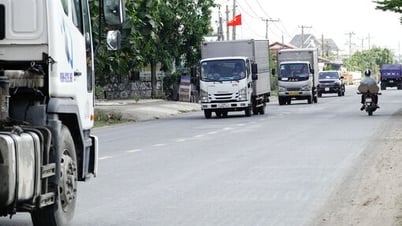





![[VIDEO] - Enhancing the value of Quang Nam OCOP products through trade connections](https://vphoto.vietnam.vn/thumb/402x226/vietnam/resource/IMAGE/2025/5/17/5be5b5fff1f14914986fad159097a677)





Comment (0)